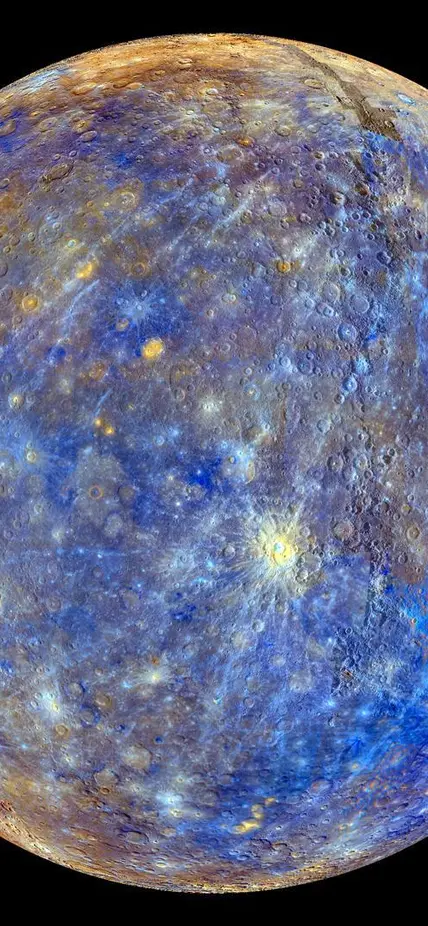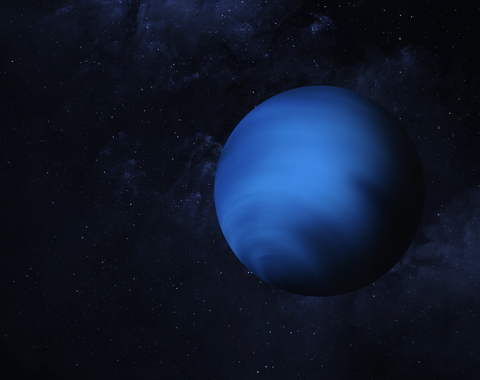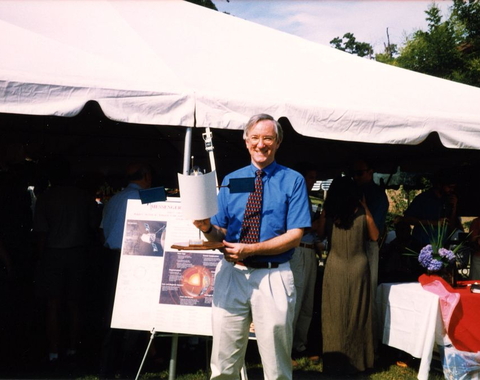Near the searing center of our Solar System orbits a celestial oddity—Mercury. As the smallest and closest planet to the Sun, Mercury defies conventional planetary norms. From its eccentric orbit to its disproportionately high density, Mercury has intrigued scientists for decades and challenges our understanding of planetary formation to this day.
Twenty years ago, humanity embarked on a remarkable journey of exploration to unlock the secrets of this strange little planet. NASA's MESSENGER mission, standing for MErcury Surface, Space ENvironment, GEochemistry, and Ranging, aimed to map Mercury's surface, study its geology, investigate its inner composition, characterize its magnetic field, and ultimately provide clues about how Mercury formed.
“MESSENGER completely rewrote the book on our understanding of Mercury,” stated Larry Nittler, a former Carnegie scientist who served as the MESSENGER mission’s Deputy Principal Investigator from 2011 to 2015.
Carnegie Science became deeply involved in the MESSENGER mission in 1999 when Sean C. Solomon, who served as the Director at Carnegie Science's Department of Terrestrial Magnetism—now the Earth and Planets Laboratory—was appointed Principal Investigator (P.I.). As P.I., Solomon was responsible not only for accomplishing the scientific objectives of the mission, but also for ensuring that all schedule, financial, and data delivery milestones for the mission were met. Solomon managed all of this from his office at Carnegie Science’s Broad Branch Road campus.
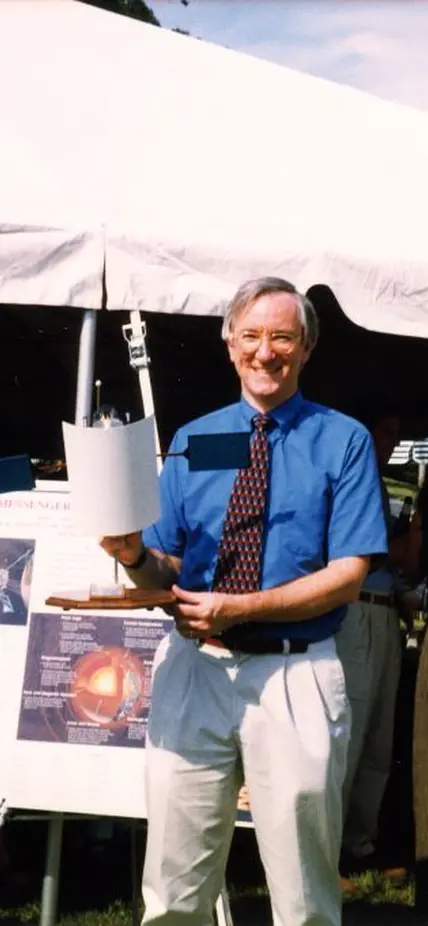
Solomon reflected, “That I could serve as a NASA mission P.I. while a department director at Carnegie was the result of several factors, including the flexibility of an institutional calendar without academic demands, [and] the assistance of excellent support staff.”
From mission operations at NASA to building the spacecraft at the nearby Johns Hopkins Applied Physics Laboratory, Solomon successfully led a team of researchers and engineers spread across the country, with Carnegie Science serving as their scientific epicenter.
“MESSENGER exemplifies Carnegie Science's dedication to pushing the boundaries of exploration and uncovering the mysteries of our universe,' remarked Eric Isaacs, the current President of Carnegie Science. "As we commemorate this milestone, we are inspired to continue our journey of discovery, bringing the same level of dedication to our future projects and endeavors."
The Journey to Mercury
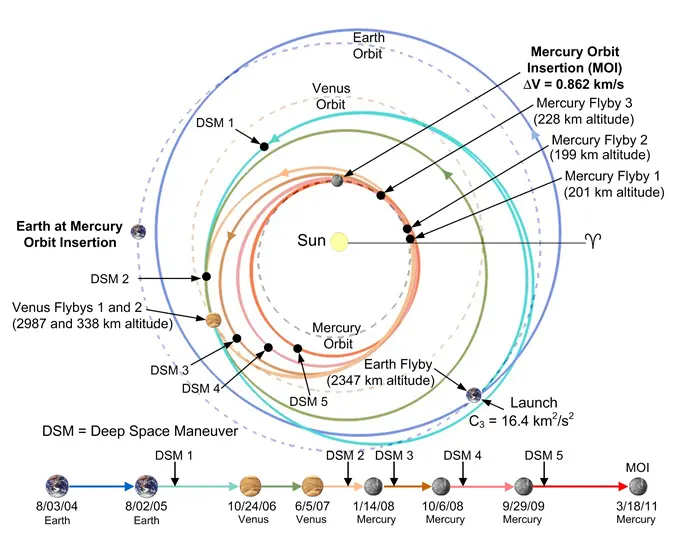
On August 3, 2004, NASA's MESSENGER spacecraft launched, becoming the first emissary to visit Mercury since Mariner 10's foray in the 1970s.
Launching a spacecraft to orbit Mercury was no small feat. Overcoming the Sun's gravitational pull required a series of intricate flybys, making use of gravitational assistance from Earth, Venus, and Mercury itself. Finally, after six years of travel and six gravity assists, MESSENGER entered orbit around Mercury on March 17, 2011.
“The most challenging events in any planetary mission are launch and orbit insertion,” stated Solomon. “The successful completion of those two milestones for MESSENGER—in 2004 and 2011, respectively—were sources of great pride for me in the technical expertise of all of the engineers, mission design experts, and project managers who contributed to the mission.”
The spacecraft would ultimately orbit the planet for four years before crashing into the surface in April 2015—leaving a brand new crater in its wake.
Science of a Strange Planet
Over the course of its mission, MESSENGER made a series of discoveries that reshaped our understanding of this mysterious planet and our Solar System.
Despite surface temperatures up to 450 degrees Celsius, MESSENGER found evidence of water ice in craters at the planet’s poles. It also uncovered a complex geological history and evidence that Mercury is tectonically active—though it appears to only have a single planet-encompassing plate—a surprise discovery that makes it the only tectonically active planet in the Solar System aside from Earth.
Then there’s the odd composition.
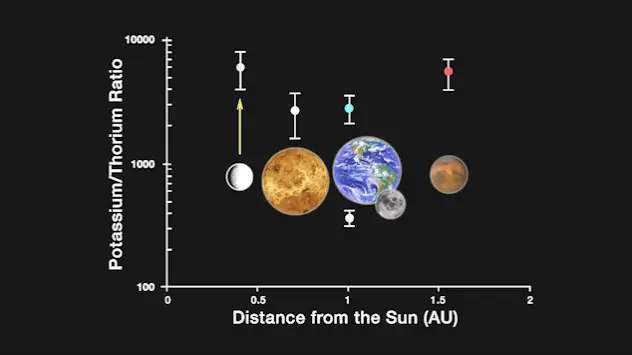
MESSENGER found that Mercury has a much higher concentration of volatile elements like potassium, sodium, and chlorine than scientists expected. Generally, scientists expect planets to have fewer volatile elements as they get closer to the Sun because the heat makes them evaporate when the planet is forming.
“To the contrary, Mercury displays surface concentrations of potassium, sodium, and chlorine comparable with those on Mars,” stated Solomon.x
Mercury's surface is also rich in sulfur but poor in iron, evidence that it formed from different source materials than other inner planets. This points to variations in the materials present in the early Solar System.
Nittler stated, “The new understanding of Mercury’s composition provided essential clues to how Mercury formed and has been crucial to building modern theories of Solar System formation.”
Yet composition wasn’t the only surprising finding. It turns out, Mercury has a magnetic field similar to Earth’s, but it’s offset from the planet’s radius.
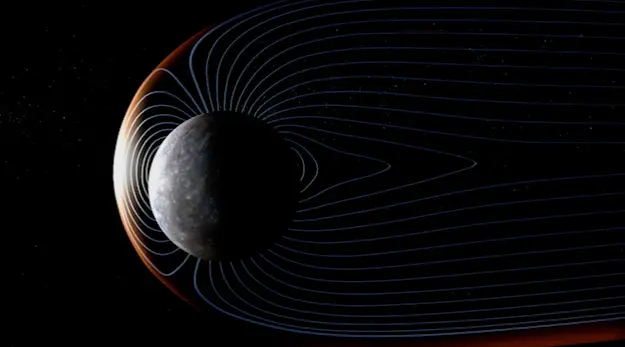
“Mercury’s magnetic field is similar to the Earth's in that it is a dipole—imagine a giant bar magnet—but the center of the magnet is offset 500 km north of the planet's equator,” said Nittler. “We’ve got some models to explain this, but it is still not totally understood. It was a very big surprise at the time!”
There’s also the matter of the massive core. Mercury is the smallest of the Solar System’s four terrestrial planets—about one-third the diameter of Earth. But despite its small size, measurements from MESSENGER show that Mercury is 80 percent core—essentially Earth’s core without the rest of the planet.
And there’s a lot more, from the strange “hollows” found on the surface to electrons glowing in the magnetosphere, Mercury turned out to be much stranger than expected. Twenty years later, scientists are still working to build a model that successfully accounts for all of the unique factors discovered by MESSENGER and what it all means for the history of our Solar System.
Technological Triumphs and Solar Sails
There’s no doubt that MESSENGER pushed the boundaries of space exploration technology. Its innovative thermal protection system allowed the spacecraft to endure the intense heat of Mercury's close proximity to the Sun while its high-resolution cameras and spectrometers provided unprecedented imagery and data.
“As the first Mercury orbiter mission, MESSENGER provided a global view of the Solar System’s innermost planet for the first time,” stated Solomon.
In particular, MESSENGER conducted the first geochemical remote sensing of Mercury’s surface through an array of sensors, including X-ray, gamma-ray, and neutron spectrometers; multispectral imaging; and ultraviolet, visible, and near-infrared spectrometry.
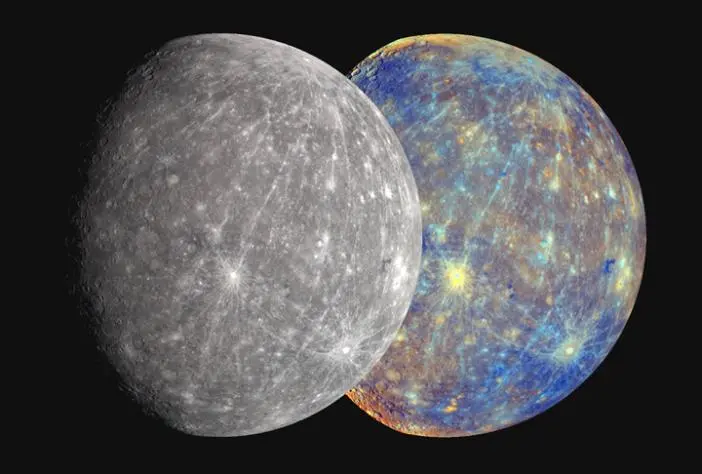
But there was one technological innovation that changed the fate of the mission: solar sailing.
“During the mission, an engineer realized that we were flying so close to the Sun that radiation pressure on our solar panels could be used to provide an extra boost and save fuel,” Nittler explained.
This technological innovation allowed MESSENGER to surpass both the expected duration of the mission and the quantity and quality of data returned. To give a sense of the impact, the original goal of the craft was to take 2,500 images of the planet, but it returned more than 250,000.
Carnegie Beyond the Science
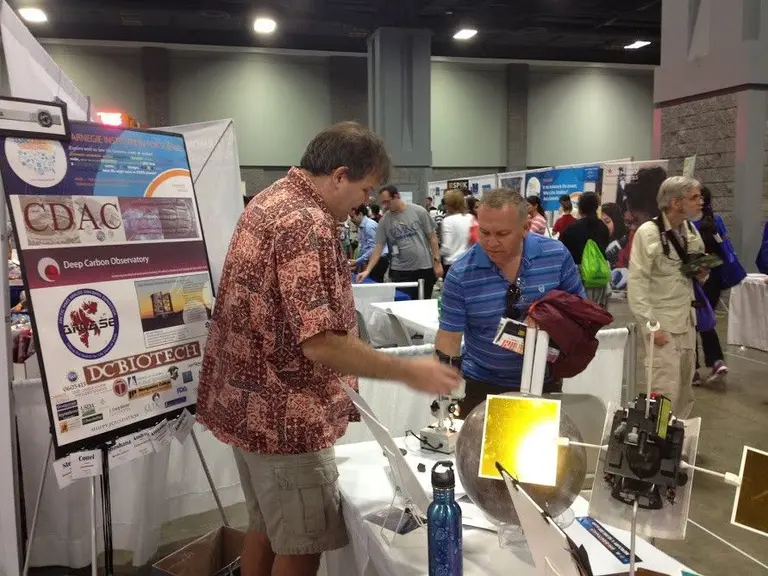
Under the leadership of Solomon and then Nittler, Carnegie Science played a pivotal role in the success of the MESSENGER mission, fostering a culture of exploration, innovation, and curiosity while providing essential administrative support.
The MESSENGER Education and Public Outreach (EPO) Team launched a public crater naming contest to celebrate the end of the mission and draw international attention to its success. The contest drew 3,600 entries, which were narrowed down to the five winners: Carolan, Enheduanna, Karsh, Kulthum, and Rivera.
When asked why outreach for this type of work is important, Solomon stated, “Solar System exploration is funded by taxpayers, and the public deserves to be told why each such mission is worthwhile and what it has revealed about our neighboring planets as well as our own world.”
What's Next for Mercury?
“The exploration of the Solar System teaches us that the achievement of some goals requires exceptional patience and persistence,” Solomon said, reflecting on the 40 years it took from the end of the first mission to Mercury in the 70s—Mariner 10—to the end of the MESSENGER mission. “We now know a great deal more about one of our nearest planetary neighbors than we did before, but the journey was long.”
And the journey continues to this day.
The success of the MESSENGER mission galvanized modern explorations, notably the ongoing BepiColombo mission, which blasted off on its own journey to Mercury in November 2018. Set to arrive in late 2025, the joint mission between the European Space Agency (ESA) and the Japanese Aerospace Exploration Agency will build on MESSENGER science and hopefully help us answer some outstanding questions.
Nittler, now a professor at Arizona State University and member of the X-ray spectrometer team for BepiColombo, stated, “For people like me interested in surface composition, the biggest difference from MESSENGER is that it will be in a much less elliptical orbit. We’ll get better views of Mercury's southern hemisphere.”
However, for Nittler, the biggest question remains: ‘How did a planet like Mercury form?’ He added, “There are so many more unanswered questions—big and small—still left to uncover.”
Looking Forward
Two decades later, there is still much to learn about this little planet, and there are limits to what can be measured from space. Solomon thinks the next big step for Mercury will involve a lander to finally confirm readings from these two orbital missions.
Solomon suggested that “the objectives of a Mercury lander mission will depend on the choice of the landing site, but they will likely include chemical, mineralogical, and isotopic analyses of Mercury surface materials to provide ground truth to orbital remote sensing.”
As we explore our Solar System, our galaxy, and the universe around us, the one thing we know for certain is that with every answer, there are even more questions yet to be uncovered. Who knows what mysteries we’ll bring to light in the next decade? In the face of boundless inquiry, the MESSENGER mission continues to stand as a testament to humanity’s insatiable curiosity and relentless pursuit of discovery.
"As we look ahead, Carnegie Science carries MESSENGER's legacy of interdisciplinary and multi-institution science into the future through projects like AEThER and our sample return work," said Isaacs. He continued, "These initiatives epitomize collaborative efforts that unite researchers from diverse fields and institutions to address the complex scientific challenges of our times—endeavors in which we are uniquely positioned to lead."
Keep Exploring
The MESSENGER mission, led by NASA and heavily involving Carnegie Science, revolutionized our understanding of Mercury, the innermost planet of our Solar System. Launched in 2004 and achieving orbit in 2011, MESSENGER provided a wealth of data, discovering Mercury's rich composition in volatile elements and its unusual magnetic field, challenging previous theories about its formation. The mission also highlighted technological innovations such as solar sailing, which extended its operational life and improved data quality. Twenty years on, the mission's findings still fuel ongoing research and future missions, emphasizing the planet's complex geological history and the surprising presence of water ice at its poles.
-
Unveiling Mercury’s Mysteries: The MESSENGER mission transformed our comprehension of Mercury, revealing unexpected geological and chemical attributes. This includes its rich volatile elements and an unusually offset magnetic field, reshaping how we perceive not only Mercury but also planetary science as a whole.
-
Leadership at the Forefront of Discovery: Directed by Carnegie Science's own Sean C. Solomon, MESSENGER exemplified our leadership in global space exploration. The mission highlighted our institution's capacity for significant scientific leadership and showcased our collaborative spirit, uniting teams across diverse institutions.
-
Innovative Technology in Space: MESSENGER pushed the boundaries of space technology, introducing methods like solar sailing to enhance spacecraft longevity. This innovation, along with the deployment of cutting-edge analytical instruments, marks a milestone in space exploration technology.
-
Engaging the World: Through educational initiatives and public outreach, such as the international crater naming contest, MESSENGER engaged the global community, bringing the wonders of space science to the public eye and underscoring Carnegie Science’s commitment to educational outreach.
-
Shaping Future Space Missions: The legacy of MESSENGER continues to influence current and future space missions, including the ongoing BepiColombo mission to Mercury. Carnegie Science remains dedicated to pioneering scientific research and exploration, spearheading collaborative efforts that tackle some of the most complex chall
